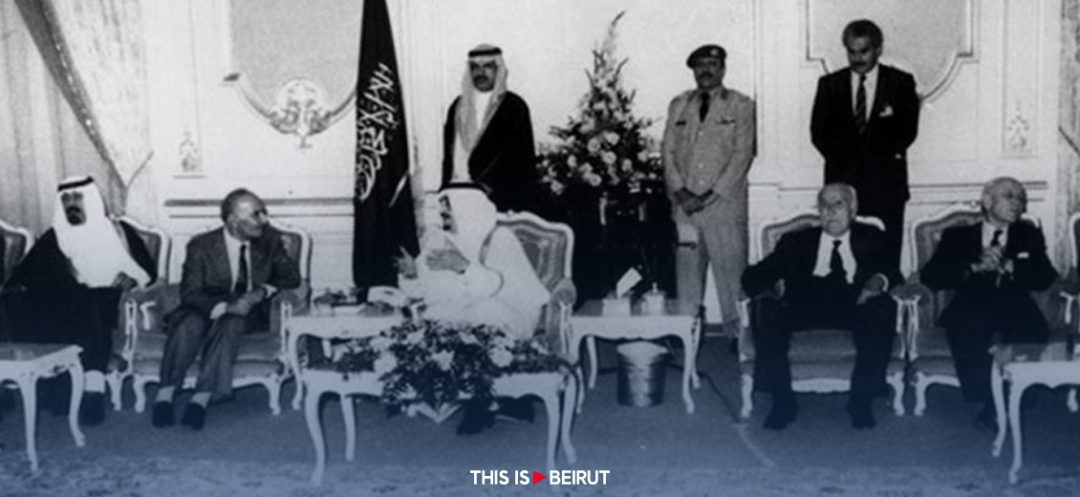Listen to the article
In the calculations of the Lebanese people, the Taif Agreement appears to be irreplaceable despite the plethora of options and proposals on the table. However, a collective understanding prevails that, without comprehensive international consensus and an appropriate regional context, the exploration of an alternative arrangement would be irrelevant.
The State of Greater Lebanon was declared after a full-scale war, and the Taif Agreement emerged in the aftermath of the Cold War’s conclusion and the collapse of the Soviet Union. The transformative change does not unfold through ordinary or peaceful means, especially when it involves maps or constitutions.
While the exploration of an alternative to the Taif Agreement has not yet been introduced, the true challenge of this agreement resonates with the one observed within the United Nations and the Security Council. This might also unfold in the Gaza dossier in the next few days and weeks.
The unequivocal American veto against any resolution condemning Palestine proved ineffective in light of the global majority that supported the United Nations resolution calling for the cessation of violence. This outcome has led to a continuing status quo.
This scenario mirrors the situation of efficient Lebanese governments post-Taif Agreement.
Why “efficient?” Because the vulnerabilities of the Taif Agreement couldn’t be revealed during the phase before the Syrian army’s withdrawal due to a lack of concrete implementation. However, with Syria’s withdrawal and Hezbollah’s involvement in post-2005 governments, the influence of the Taif Agreement or the subsequent conventions introduced in Doha gained dominance over the governance apparatus.
Similar to the dynamics in the UN Security Council, the potential collapse of the entire system in Lebanon rests in the hands of a single veto from a key player, redirecting discussions toward sectarianism.
After the National Pact had previously delineated power-sharing between Christians and Muslims, a new political reality was imposed on the Lebanese political scene post-2005, particularly during Siniora’s government in 2006. It underscored that the withdrawal of an entire religious community, particularly the Shiites at that time, threatened the continuity of the entire government.
This type of religious sidelining – which has occurred more than once – went beyond mere presidential elections to include others as well. As such, the Druze community found itself sidelined in government formations, refusing to confine Druze representation solely to Walid Joumblatt, even when he dominated parliamentary elections in his community. The Christian community is actively seeking alternative representatives from the Free Patriotic Movement, especially when parties like the Lebanese Forces and the Kataeb decide not to partake in the government, aiming to ensure that the cabinet remains effective should Christian ministers choose to abstain.
This reality becomes more apparent when addressing religious minorities in a manner that fails to satisfy them. As such, the National Pact is used as a means to intimidate all key confessions in Lebanon, if they fail to secure the ministry or share their demands.
A few days ago, talks have emerged suggesting that the debate between the caretaker Prime Minister and Minister of National Defense resembles a Sunni-Orthodox one. Various individuals have monopolized confessions, and their rule has become the predominant force in a State that advocates for the elimination of political sectarianism without a justifiable basis.
These factors collectively lead us to a singular realization: sectarianism is unsustainable when burdened by a multitude of conventions, and any new formulation emerging from this reality won’t survive.
Envision a situation where the pre-Christmas flooded roadways have evolved into an issue seemingly directed at the Shiite community solely because the current Minister of Public Works belongs to that religious confession. The focus of accountability should rightfully be on the individual rather than the confession. Nevertheless, within Lebanon’s constrained political calculations, it is unfortunately perceived as an intentional targeting of the Shiite component.
Accountability proves impossible in this situation, and governance seems equally unattainable. The solution lies in one of two options: either a return to the comprehensive Taif Agreement, which is impossible given evolving conventions, or the search for an alternative formula free from minor sectarian influences. However, the latter is also impossible, given the exploitation of the sectarian discontent by certain parties.
The reality will remain entangled in these crises, with every street and neighborhood subject to the dominance of its ruling majority and the obstructing capacity of its minority.





